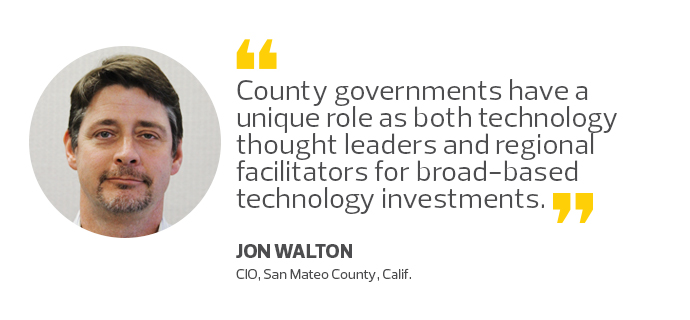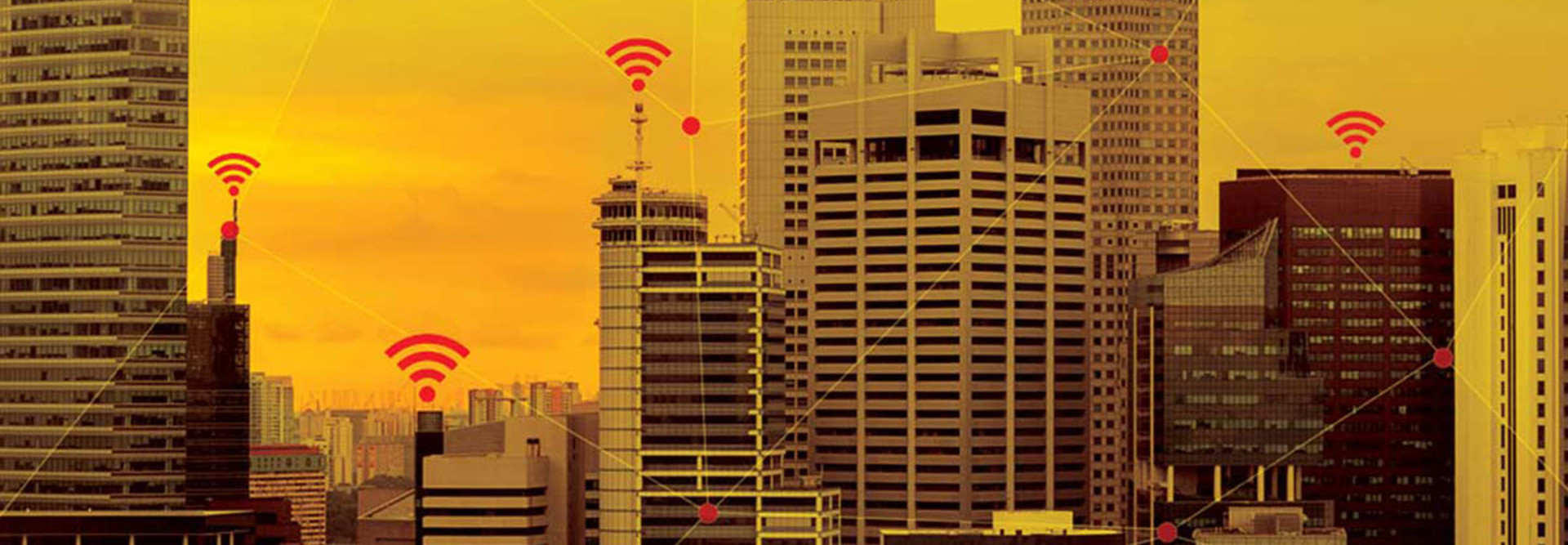San Mateo County Opts for a Regional Approach to Technology
In San Mateo County, Calif., we recognize that we must continuously leverage new technology to better engage with our residents, including providing more and better information and delivering our core services more effectively. Part of the mission of the Information Services Department (ISD, the technology department within the county) is to connect citizens both to each other and to their government.
Like most places in the U.S., we have a significant digital divide among our residents, so it is critical to pave these roads of the 21st century by ensuring that all county citizens have high-speed access to the internet.
And like most counties, San Mateo County is not dominated by a single city but rather contains a mix of smaller suburban and rural communities. Outside of the handful of larger metropolitan areas in the country, few local government agencies have the resources or expertise to be a leader in regional technology investments.
Thus, county governments have a unique role as both technology thought leaders and regional facilitators for broad-based technology investments that help connect citizens with the technology resources they need.
Public Wi-Fi Offers a Quick Bridge Across the Digital Divide
A few years ago, we began our regional connectivity efforts with SMC Public WiFi, a program that offers a series of hotspots with high-speed wireless internet connectivity around the county, particularly in underserved communities. We partnered with local internet providers and wireless hardware and solutions companies to set up dozens of these access points.
It quickly became clear that this program created educational opportunities for students, spurred local economic development and enabled greater access to county services. The success of SMC Public WiFi cemented the notion that the role of government needs to change in this era of greater interconnectedness and interdependence among all sectors of our economy and society.

Governments can — and should — work together to provide a set of regional services to our residents. Information doesn’t stay siloed within one jurisdiction, so why should our services? In this spirit, last year ISD began an effort to create a multijurisdictional fiber-optic network that government agencies across our county can share and leverage, in partnership with businesses and nonprofits.
The fiber project will allow us to connect key locations in each city with high-speed fiber, including city halls and fire and police stations. Other benefits include enhanced collaboration and information sharing among hospitals, libraries, schools and public safety agencies; network infrastructure resiliency for disaster readiness; and the opportunity to leverage high-speed fiber for economic development.
Fiber Infrastructure Prepares Counties for the Future
This multijurisdictional fiber infrastructure is the backbone for future solutions that will yield economic development benefits and enable smart city initiatives.
The response from local partners has been overwhelmingly positive. They understand the value of creating a “smart region” that is able to best serve all of our residents and provide a bridge for technologies and applications that have yet to be developed but no doubt will be valuable in furthering each agency’s mission.
To focus our efforts, I recently created the position of chief smart communities officer within our organization. This person is charged with creating a blueprint for innovation around the Internet of Things and smart city technologies, and working with our county’s cities for implementation.
Our ability to better serve the public and be more efficient with taxpayer dollars will only be enhanced by looking at every challenge through the lens of our larger community and thinking of all solutions as regional. We’ve just scratched the surface of the possibilities.









